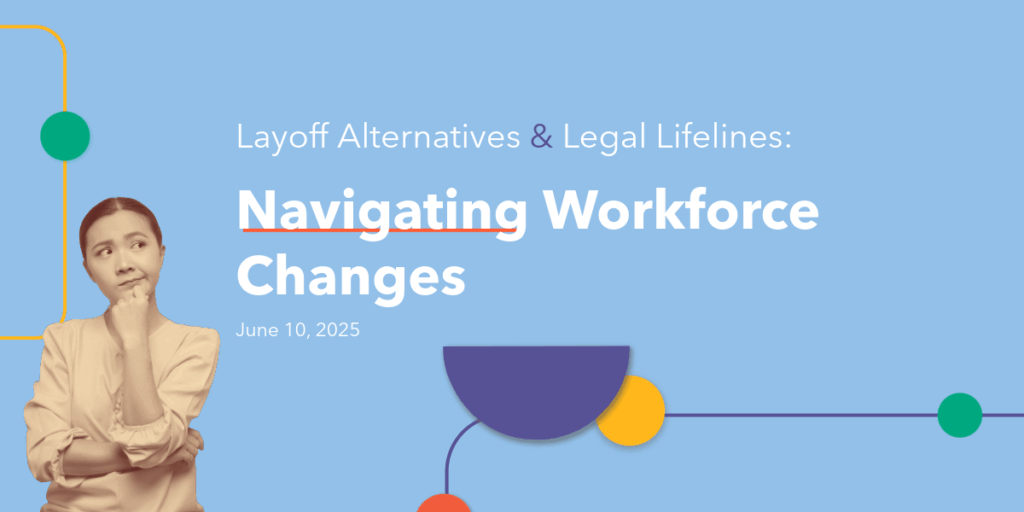Ah payday; your wallet is revived and it’s a great day, isn’t it? But do you ever think, looking around at your co-workers, “I wonder how much they make?”
It is perfectly natural that we would want to know how much our co-workers make. After all, if we are all doing the same job, shouldn’t we all be compensated equally? And doesn’t it likewise feel assuring to know that those above us are not making a disproportionate amount?
This is when pay transparency can play a role.
What is Pay Transparency?
Pay transparency is the practice of making all salaries more open and available to employees. This is designed to counteract wage secrecy. At its worst, wage secrecy can mean workers are paid differently based on race, gender and other identities. While wage secrecy doesn’t always equate to these more extreme examples above, it certainly can. Which is why the argument for wage transparency comes into play.
But what exactly is pay/wage transparency, and why is everyone talking about it?
History of Pay Transparency
Pay Transparency and, specifically in Ontario, the Pay Transparency Act 2018 (PTA) establish the requirements relating to the disclosure of information about the compensation of employees and prospective employees, and to better understand and evaluate wage inequities. This type of approach is already used in places like Whole Foods, Uber, and Google.
The PTA establishes this specifically in relation to gender in the workplace. Passed in 2018, the PTA was, according to Minken Employment Lawyers, “designed to promote fairer workplaces”. They nicely summarized some of the Act’s obligations:
- “salary rates or ranges must be stated in all publicly advertised job postings;
- candidates may not be asked about their past compensation;
- reprisals cannot be made against employees who discuss or disclose compensation;
- employers with one hundred or more employees and prescribed employers must track and annually report compensation gaps based on gender and other prescribed characteristics in pay transparency reports;
- such employers must post their pay transparency report online, or in at least one conspicuous place in every workplace of the employer; and,
- the province must also publish pay transparency reports.”
The Act was to be effective as of January 1, 2019. In November 2018, the Ontario government’s omnibus legislation, Bill 57, put hold on the Act’s implementation date indefinitely.
Is Pay Transparency Needed?
The following are the various aspects that focus on the potential benefits of pay transparency:
Trust
Pay Transparency can offer a positive outcome by instilling trust in employees by supporting open dialogue and workplace consultation on issues concerning employment, compensation and equal opportunity. However, when it comes to learning how much your co-workers make, keep this in mind: Casual conversations about pay with co-workers are simply never casual. Money is an emotional topic, wrapped up with opinions on fairness, self-esteem, competitiveness, and other strongly held values and personal sensitivities.
Fairness
Pay transparency can assist in removing biased assumptions by helping employers make impartial decisions regarding compensation. By setting basic pay rates and restricting secrecy, employees can compare their current earnings to market rates. Another benefit is that when salaries are transparent, workers are generally more productive.
From a worker’s perspective, without accurate information about peer compensation, they may not know when they’re being underpaid or, to that point, paid fairly and it naturally becomes harder to make the case that one is suffering a form of pay discrimination.
Minimizing/Eliminating Gender-based Wage Gaps
Pay transparency has the potential to minimize wage gaps of many kinds often fuelled by various types of discrimination. We will for a moment focus on the gender-based wage gap in Ontario are there is some interesting information been discussed as of late specific to gender:
- Ontario earned an uninspiring grade of ‘C’ in gender wage equivalence, in a report measuring the country’s social and economic performance by the Conference Board of Canada.
- The ideals around the PTA’s vision is of promoting gender equality and equal opportunity in in the workplace includes equality of compensation between women and men. These ideals work to disclose inequities related to compensation that women and other Ontarians may experience in the workplace to encourage removal of such indifferences. According to the province, the gender wage gap has remained stagnant over the past 10 years, with women earning approximately 30 percent less than men.
- “We know that too many women still face systemic barriers to economic advancement…It’s time for change.” Wynne said in a statement during the introduction of the pay transparency bill in March of 2018.
- Generally, both statistical and taste-based discrimination exist in the workplace today which is fuelled by a rooted in belief about how different genders offer differences in terms of skills and abilities and is driven by stereotype and favouritism.
Creates Accountability in Relation to Earnings
The overall idea of pay transparency has some downfalls which can make employers weary of the idea. These downfalls are that disclosure of pay can make employees uncomfortable, and new employees may fear they no longer have negotiation power. Additionally, if employers make pay ranges available which are not fair and consistent, this can lead to disgruntled workers, turnover and potential lawsuits.
Additionally, pay transparency demands accountability from employers because there will be no pay secrecy. If employees are aware of what everyone else is getting paid, that means employers must have reasoning for any obvious differentiations in pay.
Final Thoughts
The ideals behind promoting gender equality, equal opportunity in the workplace and to support economic growth through the advancement for marginalized groups is in theory a positive turn for many in Ontario and across Canada. However, the PTA has been criticized for only applying to a small population of the labor market and the delays in its implementation could suggest an attempt to save money.
In 2019 we have openness like never before and consequently are better able to explore themes of empowerment, fairness and the betterment of workplaces. For some, pay transparency could be the solution to wage gaps… or perhaps it won’t be, and we will need to keep working towards a sustainable solution for equality in wages.










